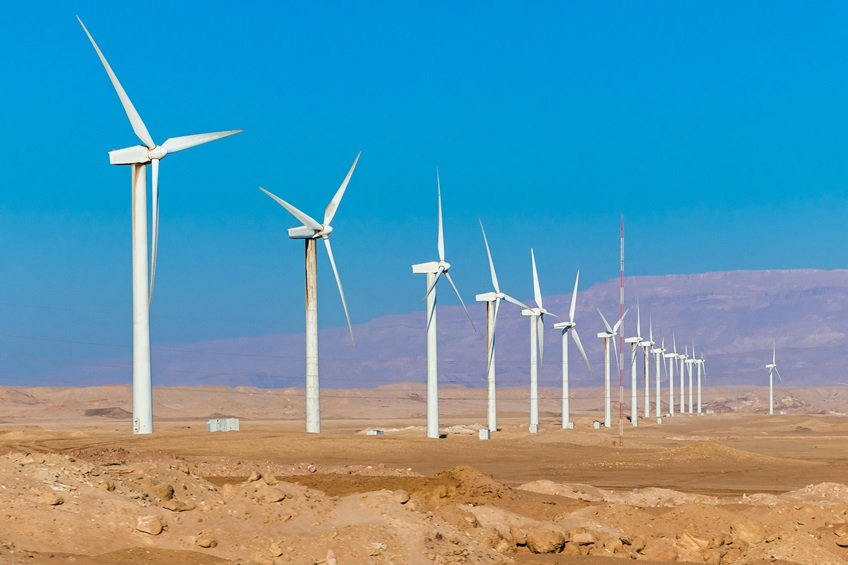The aluminium industry is preparing to expand in a way that we haven’t seen before. By 2030, global demand is set to soar to 124 million tonnes—a massive 40% increase driven by steady 3% annual growth. We’re talking about a major shift in the way aluminium production is done, with an increasing focus on sustainability and an industry that’s better able to bounce back from challenges.
And the one leading the charge in this shift is none other than the GCC. With over six million tonnes produced annually, it’s the only region to increase its global market share, up by 1.4% last year. This strategic positioning demonstrates the region’s capacity to lead the industry’s transformation through innovation and sustainable practices. Regional producers are setting new benchmarks for efficient production while focusing on long-term environmental goals.
A Changing Market and New Demands
The demand for aluminium is evolving rapidly, particularly in sectors like transportation. Electric vehicles (EVs) use 15-20% more aluminium than traditional cars. This shift, combined with emerging demands from renewable energy infrastructure and grid-scale storage is creating new needs, completely reshaping traditional supply chain models. The industry’s evolution mirrors broader economic transitions, with sustainability and resilience becoming key differentiators in market success.
Reinventing the Supply Chain
The concept of supply chain resilience has evolved beyond reducing risk to embrace what industry leaders term “antifragility”[1]— the ability to come out stronger after market disruptions. This approach involves diversifying raw material sourcing, adopting renewable energy solutions, and forging strategic partnerships across key markets. To succeed, companies need more than operational efficiency; they must anticipate and adapt to rapid market changes.
The UAE, a strategic link between East and West, is uniquely positioned to take advantage of this evolving landscape. Regional producers are setting new standards for resilient supply chains that can handle changing market demands while staying sustainable. This positioning gives them the flexibility to serve growing markets in multiple regions.
Innovation Driving Value Creation
Success in the aluminium industry today is more than operational excellence—it requires strategic foresight in building sustainable value chains. The industry’s current recycling rate of 30% is projected to reach 50% by 2050 [2], reflecting a shift toward circular economy principles. Environmental needs and economic opportunities drive this transformation, as recycling requires just 5% of the energy needed for primary production.
Advanced recycling technologies are also changing the traditional industry models, giving way to new opportunities for value creation. Leading producers are already integrating renewable energy into their processes while scaling up recycling operations, positioning themselves as innovators in the industry. These initiatives reflect both environmental consciousness and a strategic understanding of future market demands.
What’s Next for the Industry?
As we approach 2025, the aluminium industry will be defined by three big factors: scaling production sustainably, building resilient supply networks, and innovating in response to market needs. The demand for aluminium is set to grow as it plays a bigger role in everything from electric vehicles to renewable energy infrastructure.
With its established infrastructure and strategic advantages, the GCC region is well-positioned to lead this transformation. Regional producers create a blueprint for sustainable aluminium production that meets growing global demand while advancing environmental objectives.
Looking ahead, the industry will face both exciting opportunities and important challenges. Success will depend on meeting current market demands and anticipating and shaping the industry’s evolution through innovation and strategic partnerships. Those who can balance growth ambitions with sustainability and build resilient operations will be the ones shaping the future of aluminium production.
This is a pivotal moment for the industry. To succeed, companies need to blend operational excellence with environmental responsibility, creating long-term value for everyone involved. As the industry evolves, those who adapt and innovate will lead the way toward a sustainable and resilient future.
Neal Froneman on building a modern mining company | McKinsey





